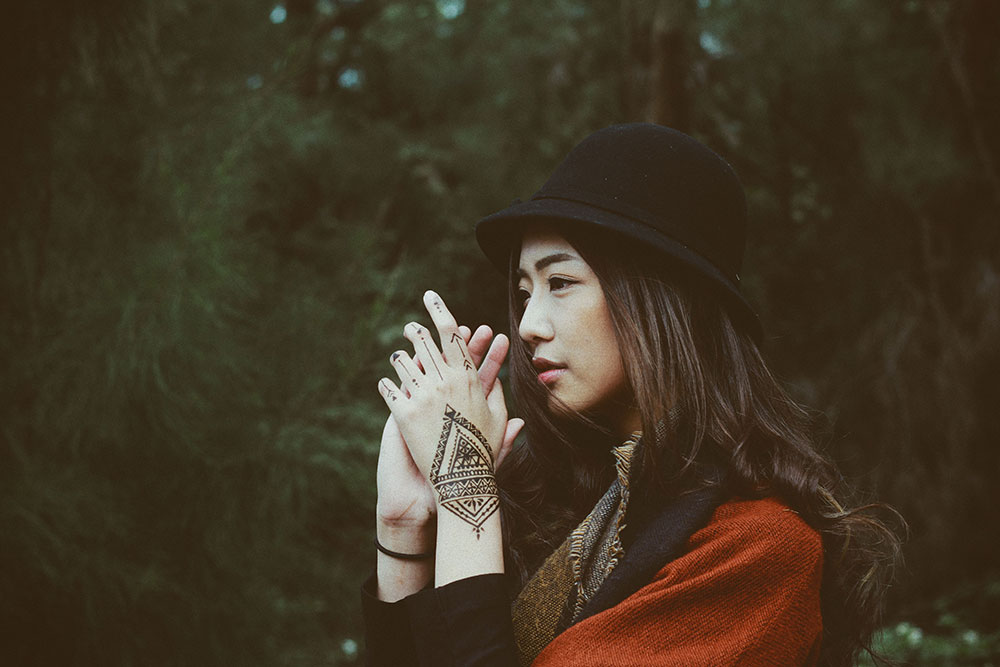
21 Jan J-beauty: The Zen Principles of Japan Making Their Way into our Aesthetic Mindsets
The beauty industry is not immune to the occasional irrational trend. Last year alone, you would have seen your share of the cornucopia of magi-markeresque, feathered, barbed, diamante and what-not-all-else wild eyebrow inclinations followed in the name of beauty trends. But occasionally even the seemingly fickle beauty scene garners some smarter trends from other cultures. 2017 also saw a proliferation of insight drawn from Korea’s beauty norms with hydrating essences and snail mucin serums as well as sheet masks and 10-step skincare regimes shaping the K-beauty landscape. This year it’s Japan’s turn to tip the scales with ‘J-beauty’ principles now furthering the aesthetic mindset. So, if you’re curious about what this Asian influence holds, read on to learn how a zen approach is shaping more than just eyebrows on the 2018 beauty front.
The key principles of J-beauty
Like much else that stems from Japan, J-beauty is a “less is more” approach. Minimalist techniques and a focus on doing only what is necessary dictate the products used and the ingredients in them. Ultimately it’s about adding ease and simplicity to your life, not more ‘defying’ and ‘restoring’ amid the complexity.
Wabi-Sabi
This is an often quoted Japanese lifestyle concept slowly infiltrating many areas of our Westers lives as we begin to truly understand its merits. It’s a Buddhist mantra that means ‘imperfection makes things more unique” and it teaches us to actively seek the beauty in imperfection, accepting that only nature herself can ever be considered as perfect. In practice, this means less critical analysis of the features of the face and more focus on nourishing the body, skin and hair. Accepting the flaws but pursuing your best health will reveal your most beautiful self.
Ban-No
In carrying on their minimalist philosophy, ban-no means ‘all purpose and all mighty’. In J-beauty this reminds us that the things we use should be working hard for us. In essence, it’s multi-tasking with your tools but not your mind. So, instead of a 10-step approach, Japanese skincare favours fewer products with key ingredients that address a multitude of needs, everything from exfoliation to pollution combatting and moisturisation all in one product.
Deep Cleansing
Cleansing is a huge part of Japanese culture with skin cleansing being practised with almost ritualistic intent. While oil cleansing might be a recent addition to the West, in the East it has been popular for going on 50 years already, since being introduced by the renowned make-up artist Shu-Uemura in the late 60s. You might think oil clogs your skin, but science says otherwise. Not only are the oil molecules too large to block your pores but ‘like attracts like’ so oil cleansing binds to any sebum in your pores and draws it out gently without scarring. Natural oils are popular for this and have featured in the double cleansing and 4-2-4 oil cleansing techniques, both originating in Japan. Maybe we have the Geishas to thank for a need for deep cleansing oil-based makeup?
Edible Ingredients
The Japanese have been using simple, edible ingredients like rice water in their skin care regimen for centuries. In holistic living circles, using edible products on our skin drives home the point that our skin essentially eats whatever we feed it. So, seeing this theme recurring in J-beauty principles is another adage to the natural way of life.
Some of the new ranges coming out of Japan’s beauty presence include ingredients like soybean, loquat leaf and white jelly mushroom. Green tea, rice and algae are also made mention of – all with their own highly esteemed skin rejuvenating properties.
A trend should never dictate how you or when you change anything in your life. Some, like holographic hair and unicorn nails, are after all, very fly-by-night. But if aspects of it align with your approach or perhaps lift your way of living into a more mindful space then casting an eye into the trends that catch on is certainly helpful. In the case of J-beauty, most of it feels, to me at least, like taking a step closer to nature instead of further from it. And that’s an upward trend I can certainly get behind.



No Comments